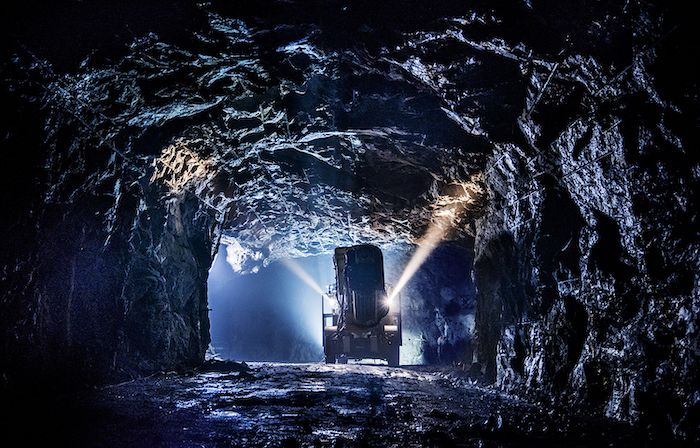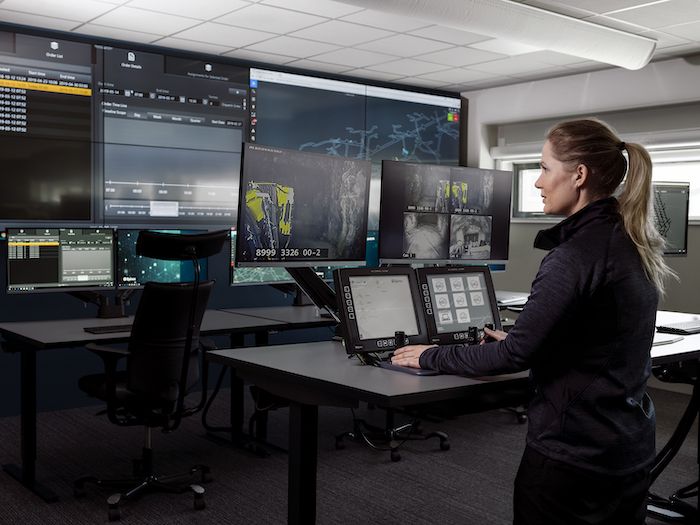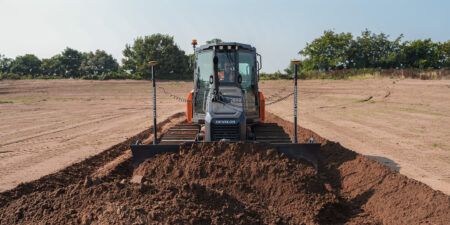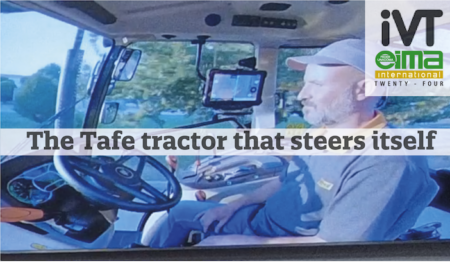With cutting-edge technology, Epiroc maintains its leading position in the development of innovative equipment for use in mining and production drilling.
In the Simba Automation package, multiple automation functions are available to optimize the drilling process. With the recent addition of the new teleremote e-tramming function the production drilling process can be handled in an even safer and more continuous way.
The Simba Automation package includes various functionalities to monitor, plan and automate drilling operations from onboard the rig or from a remote location. The new Teleremote e-tramming option enables the Simba rig to be operated remotely and work more productively in a continuous ‘ring-to-ring’ fashion. After drilling a ring and retrieving the rods, the rig can be tele remotely trammed to the next ring, saving time and work effort. Not only does the tramming process become faster and simpler, the Teleremote e-tramming function also provides a safer work environment since the operator can control the machine out of harm’s way, even between rings.

“Our Simba drill rigs are globally recognized as the best in their class, and we continue to strive towards even smarter and faster solutions,” says Guilherme Paiva, global product manager of automation at Epiroc. “Teleremote e-tramming makes for an easier, safer and more continuous drilling process. Fewer disruptions mean greater productivity.”
Simba rigs that feature Epiroc’s rig control system (RCS) can be operated through a user-friendly control panel from onboard the rig or from a remote location where potentially hazardous work conditions can be avoided. With information provided by laser sensors and cameras mounted on the rig, the operator can navigate, position and stabilize the rig to ensure that drilling is executed according to plan. Mission accomplished in one ring, the operator can then tram to the next and the next.
“We want to make the world’s best production drill just a bit better to optimize the entire drilling process, from positioning the rig to emptying the stope,” says Paiva. “Through automation and the ability to process more real-time information, we are taking huge steps towards greater safety and efficiency.”





